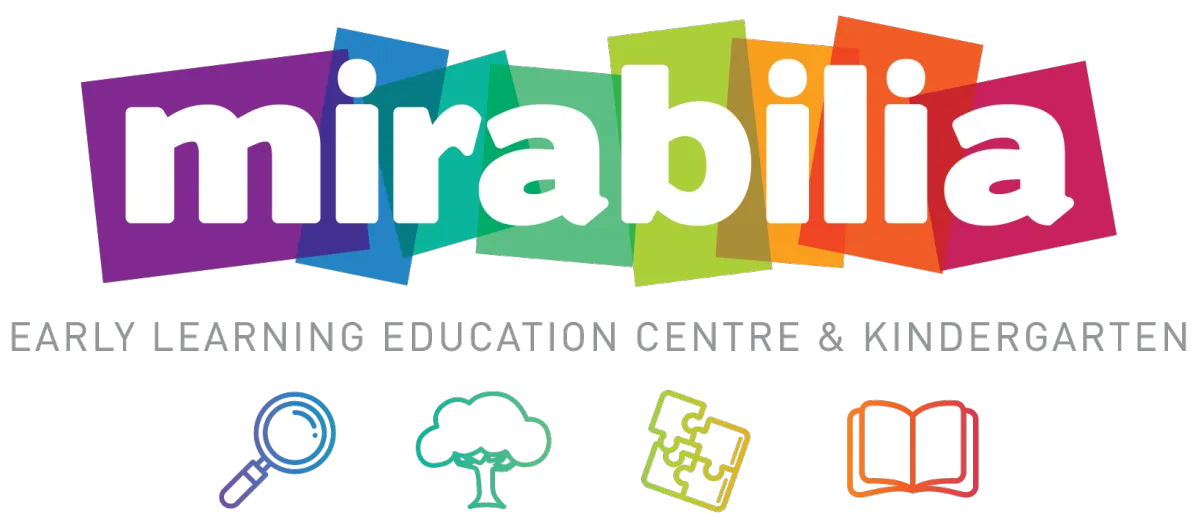Child Care Subsidy Calculator
If you are experiencing any problems with your transition to the new Child Care Subsidy, please phone the Department of Human Services (Centrelink) on 136 150.
Child Care Package
The Australian Government provides a number of subsidies and programs to help with the cost of child care, the Child Care Subsidy being the main type of assistance that most families will use.
What are the eligibility requirements?
The child must - be a ‘Family Tax Benefit child’ or ‘regular care child’ and
be 13 or under and not attending secondary school and
meet immunisation requirements
the person claiming the Child Care Subsidy, or their partner, must - meet residency requirements and
be liable to pay for care provided under a Complying Written Arrangement (their written agreement) with their child care provider
child care must be provided by an approved provider in Australia and not be part of a compulsory education program, for example school.
How much can a family receive?
Income – a family’s (both partners) combined income
Activity test – what activities the individual and their partner undertake or exemptions that might apply and
Service type – the type of approved childcare service used, for example Centre Based Day Care
1. Combined Family Income
The table below outlines combined family income and relevant rate of Child Care Subsidy to which families will be entitled. Combined family income Subsidy per cent of the actual fee charged (up to relevant percentage of the hourly rate cap). These amounts are correct for 2018-19 and will be subject to adjustment through indexation in subsequent years. *Subsidy gradually decreases by 1 per cent for each $3000 increase in family income
2. Activity level of parents
The number of hours of subsidised care families can access will be determined by an activity test. The higher the level of activity, the more hours of subsidised care families can access, up to a maximum of 100 hours per fortnight.
In families with two parents, the parent with the lowest hours of activity will determine the hours of subsidised care.
A broad range of activities meet the activity test requirements, including:
paid work, including being self-employed or on leave (including
paid or unpaid parental leave).
doing unpaid work in the family business.
training courses for the purpose of improving the individual’s work skills or employment prospects.
an approved course of education or study.
volunteering.
unpaid work experience or internships
actively setting up a business
actively looking for work.
Recognised activities can be combined to determine the maximum number of hours of subsidy. Time taken to travel between the child care service and the parents/carers place of work, training, study, or other recognised activity can also be included.
There is a three-step activity test to calculate how many hours to which a family will be entitled.
3. Type of childcare services
The new Child Care Subsidy is also based on the type of child care your family accesses subject to an hourly rate cap:
Centre-based care – $11.55^ per hour
Family day care – $10.70^ per hour
Outside school hours care – $10.10^ per hour
Company
Programs
Contact us
Locations
© 2025 Cherub and Co | Mirabilia | Privacy Policy | Powered by The Level Up

